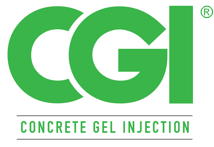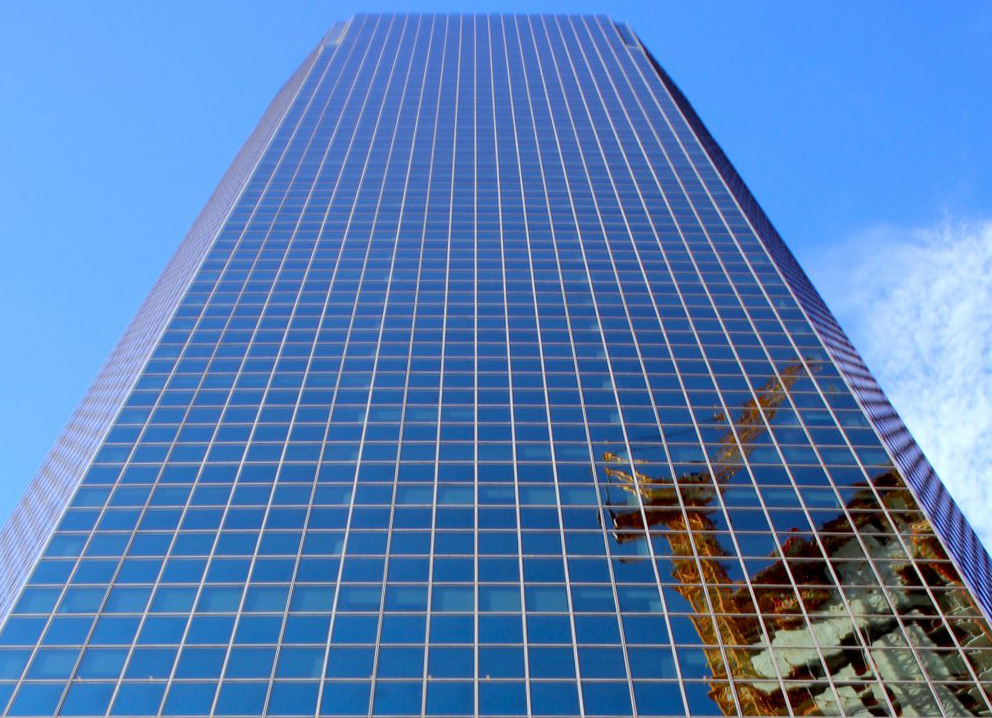Address: 180 Maiden Lane, New York, NY
Building Type: Commercial
Substrate: Concrete
Client: SL Green Realty Corp.
Technical Consultant: Langan Engineering & Environmental Services, Inc.
Super-storm Sandy took its toll on many buildings, producing tremendous groundwater hydrostatic pressure that caused cracking to occur within the floor slabs on grade and foundation walls in cellar and sub-cellar locations. Along with the cracking on the foundation walls, the underground pipe penetrations within these walls became problematic where the core to pipe penetrations cracked to allow groundwater to emerge. CGI performed injection waterproofing at the leaking cracks and cold joint locations within the walls and floor slabs, while also rectifying fifty (50) core to pipe penetrations.
The first step in pipe penetration waterproofing is patching the small gaps between the cores and the pipes with hydraulic cement or early strength repair mortar to create a solid substrate as deep as possible. Next, the CGI waterproofing system was utilized within the adjacent concrete wall by drilling and injection around the circumference of the pipe penetrations. The resulting gel sealed off any small concrete void within these cores to prevent further groundwater infiltration.
A specialized CGI methodology was implemented within conduit sleeves that brought in cable feeds for fiber optic, telephone and electrical wiring. The space within the sleeves to cable feeds are often referred to as the annular spaces. The water infiltration within these sleeves usually emanate from the roadway manholes where the cable feeds originate and then travel under the street through each conduit. Often, the feeds within the manholes are not properly waterproofed, and during rainstorms, the manholes fill with water, which travels through the conduits inside the annular space to the interior side of the building. Before a specialized pipe injection tool could be applied, our crew inserted oakum as deep as possible within the interior side of the conduit sleeves, along with applying front face mortar. Next, our specialized pipe injection tool was inserted and the two-liquid component was then pumped allowing the resulting gel to occupy the volume within the oakum and cable feeds to create a waterproofing gel barrier. This resilient gel barrier within these conduit sleeves kept the groundwater from entering into the interior space of the cellar level. The CGI waterproofing program utilized in both types of these pipe and conduit penetrations was a complete success.

